Sansu-Sesu
Hansun's beating mechanical heart
When the wind blows just right and the smog begins to clear... you'll be witness to our most famous city, rich with history and absolutely full to the brim with modern innovation.Patronsclicktaphere for bonus info
A Patchwork of Metal and Masonry
Sansu-Sesu is old -- nearing the 2,500th anniversary of its founding. It's gone through multiple near total catastrophic events, and had much of its buildings built and rebuilt time and time again. As a result, there's a mostly cohesive, but sometimes abrupt, blending of historical and modern construction throughout the entire sprawling city. The capital city is sprawled across a lightly rolling plain with a large east to west flowing river known as the Sannan River meandering through it; to the south east of the plain is a small chain of sharp mountains, tall peaks with plenty of cliff faces, which act as a natural defensive border to that portion of the city. Most of Sansu-Sesu is built upon the central plain, with the highest concentration of buildings and factories located immediately along the Sannan River.Layers of Stone and Wood
Different eras of Sansu-Sesu can be picked out visually by what material they were made from. The oldest, and most rare, are buildings and fortifications built from old white stone. Few ancient walls remain built of this material, and even fewer fully standing structures, though many of the foundations used by mid-ages and modern buildings come from this initial period. Atop the ancient stone is a myriad of other construction materials; though of them all, brick and wood are favoured most heavily. In most cases brick is used for low walls, pillars, and pathways -- where as the dark and solid wood found in the region is used for constructing the majority of other buildings in the city. Thick wooden beams and columns, exposed trusses and joists, and elegantly curved roofing are all iconic features of the architecture within Sansu-Sesu.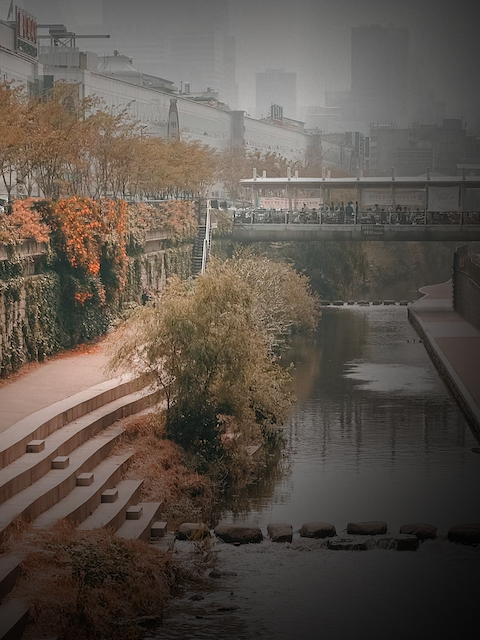
Hansun
Hansun is one of the superpower countries of Cathedris; it's known for having an incredibly strong national military force, and also happens to be the location where the Legion keeps its main headquarters. Unbeknownst to most outside of the Regiment for Humanity, the Legion have recently and silently taken over Hansun's high council located in Sansu-Sesu, and now quietly steer the country from the shadows.Other Cities
While Sansu-Sesu is Hansun's most famous city, it's not the only popular location within the massive country; a few other cities have gained a certain notoriety worldwide as well.Malun-Chaujun
The Tide of HansunA city of two centers. In the summer months, when the river floods the strong stone houses of the lower city, the people move to and live in the light and open buildings of the upper city.
Soom-Shida
For the Resourceful PeopleBuilt within incredibly treaturous mountain terrain where outside help is rare and limited. The people here have grown hardy and resourceful in their difficult conditions.








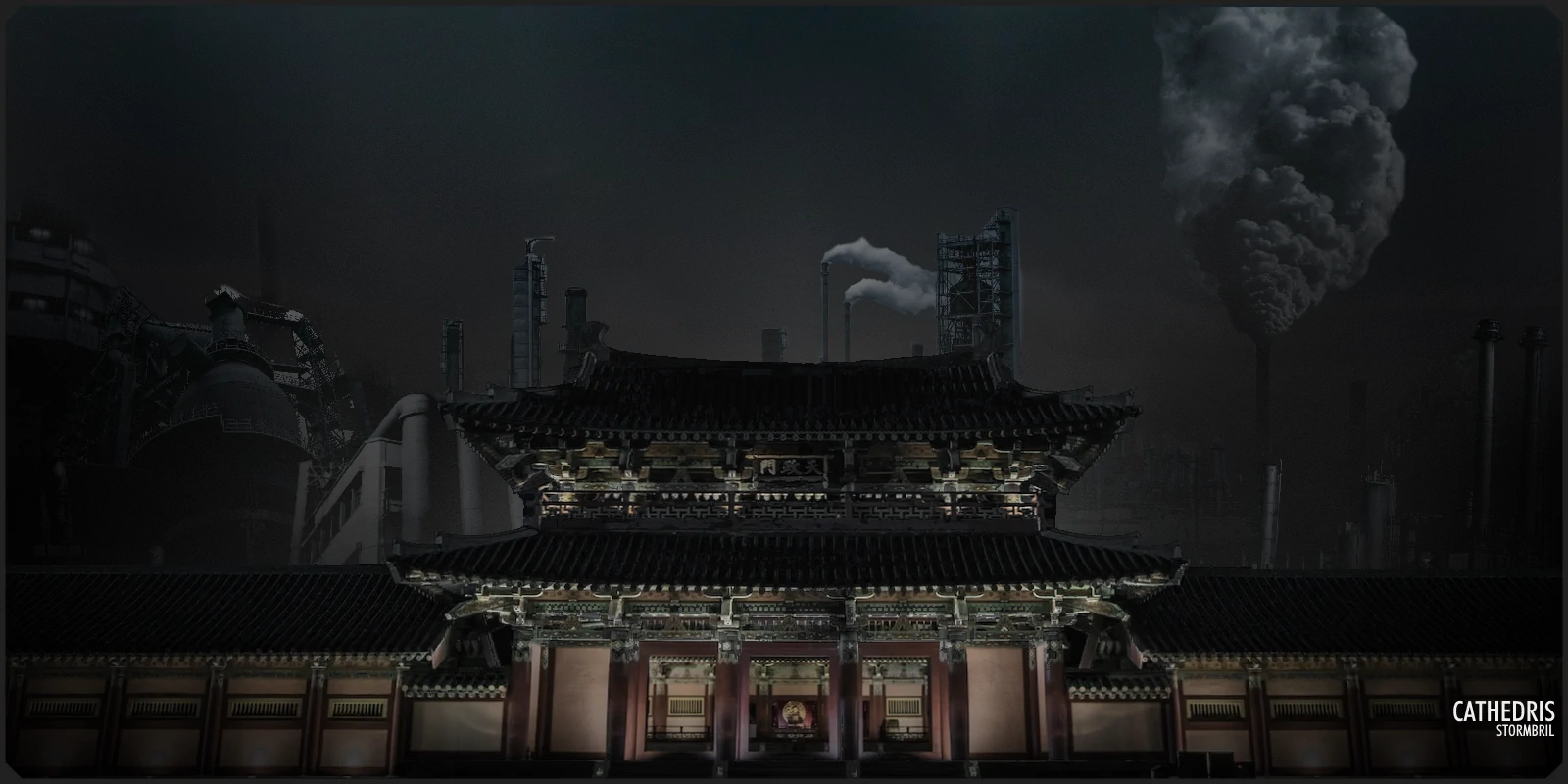
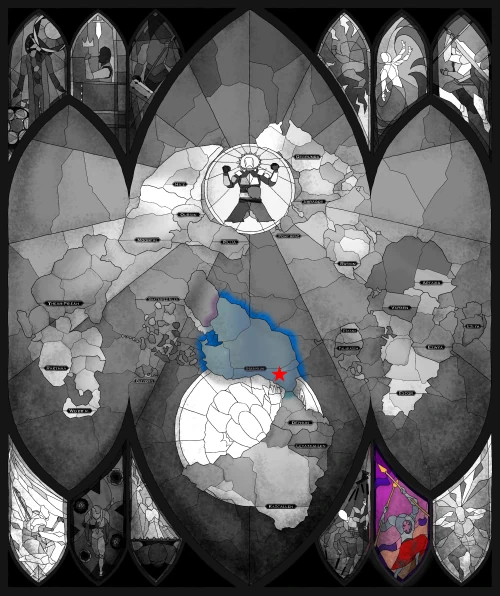

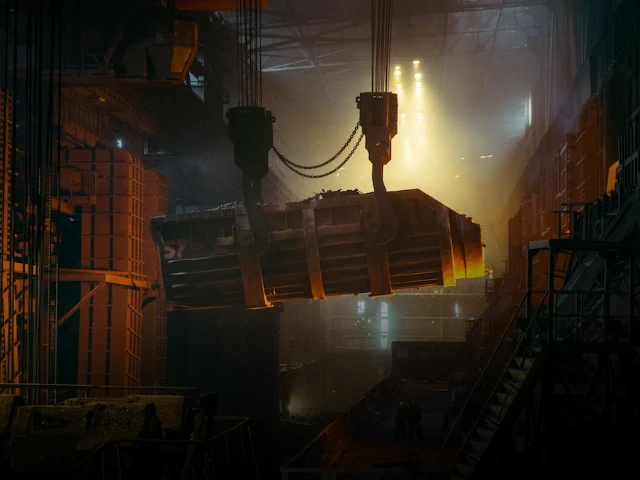
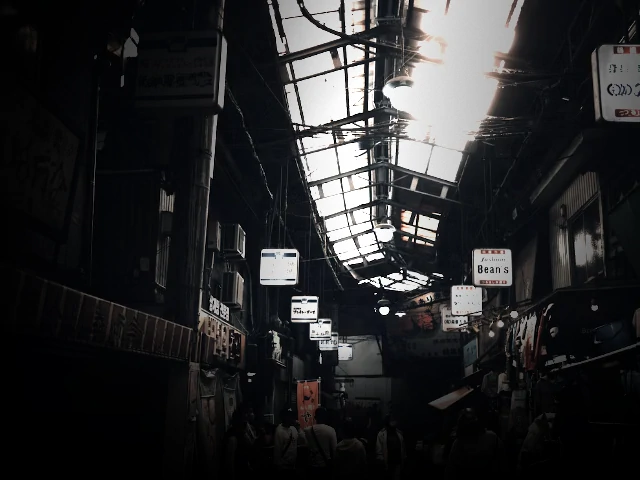





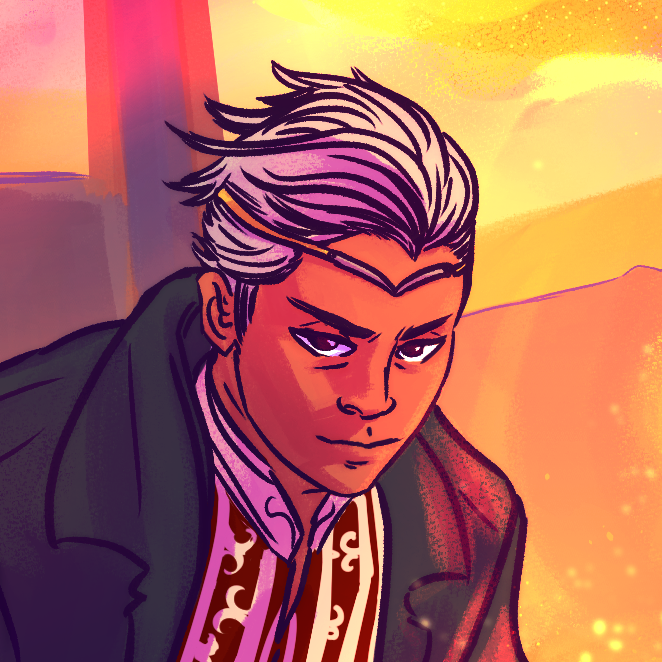

O my goodness, what an amazing article, and I really loved your random article generator at the bottom. A lot of fun. :)
Why thank you! :D And as a Sage yourself, you're even able to make use of the randomizer, as I provide the CSS for it for free :D CSS Randomizer
OMG, you're amazing,. Thank you! :)